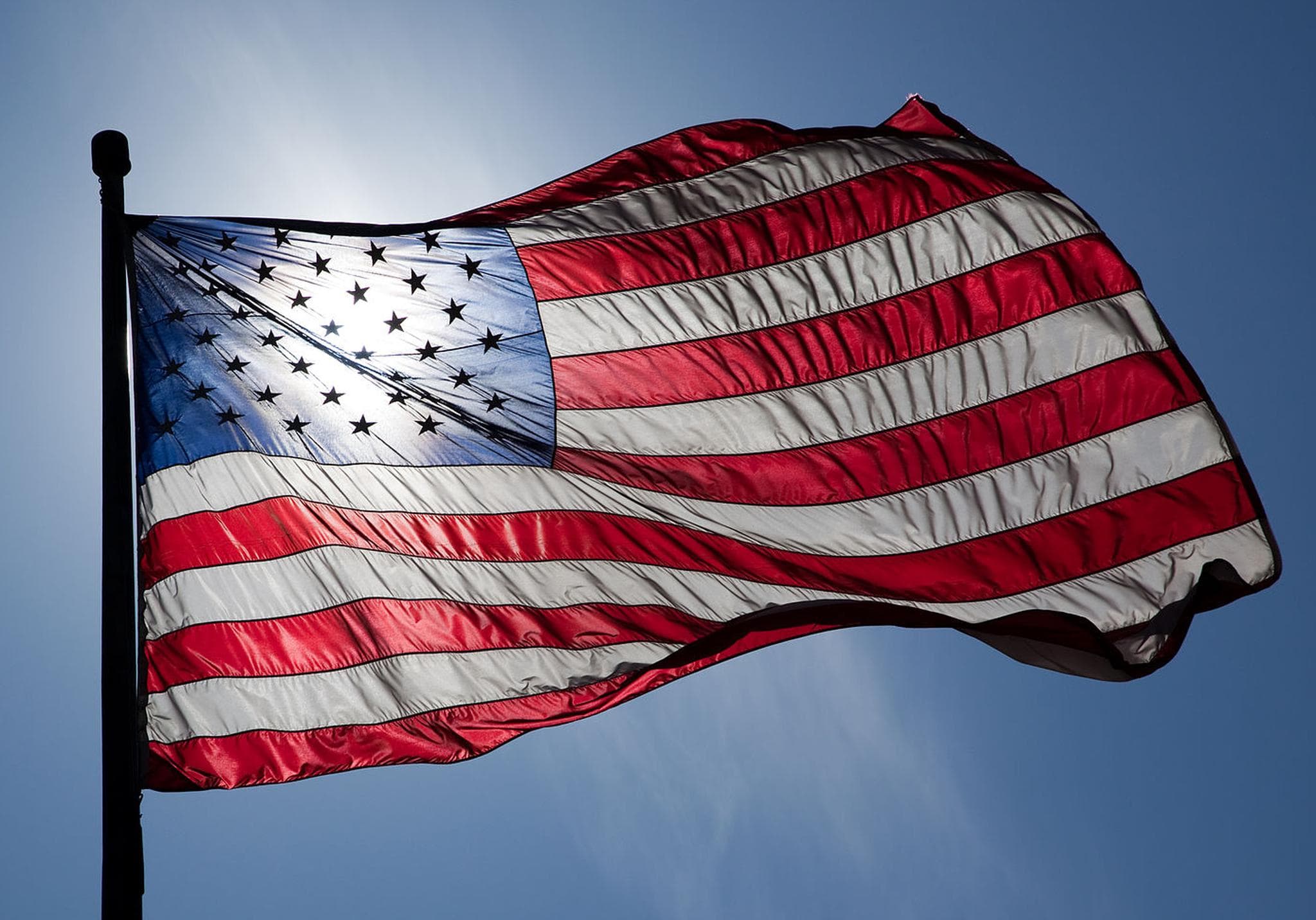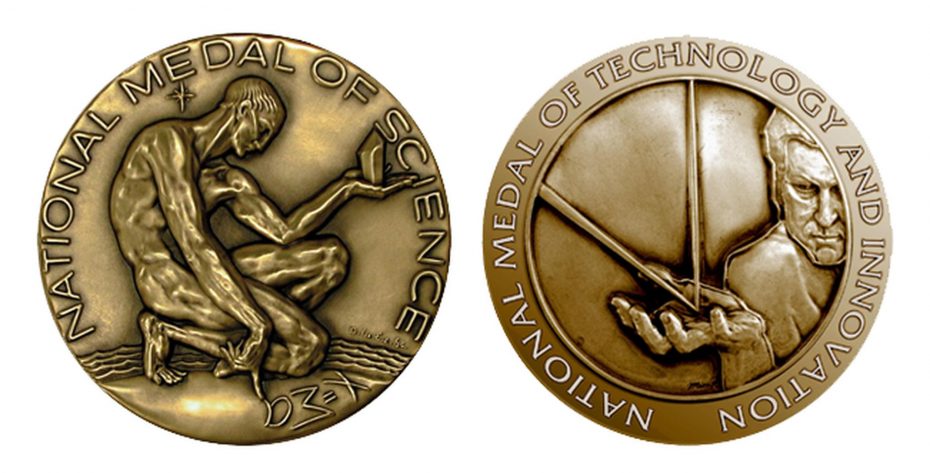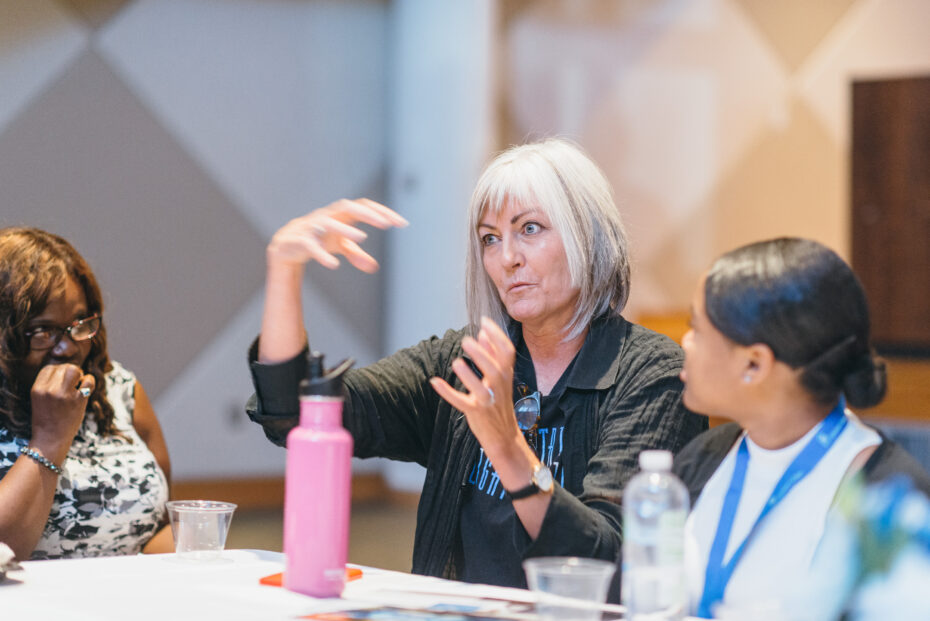Whether knowingly or unknowingly, we have all at some point in our lives reaped the benefit of the sacrifices made by the men and women who have served in the armed forces.
But these men and women didn’t just serve the country on the battlefield, fighting for freedom and safety. Back home, their work in science and technology changed the way we live, work, and heal. Over the years, more than three dozen military veterans also earned notoriety as scientists and innovators who have received the National Medal of Science and the National Medal of Technology and Innovation.
Take, for example, Forrest Bird, who received the National Medal of Technology and Innovation in 2008. At a young age, Bird developed a love for aviation after taking flying lessons from his father, a former combat aviator during World War I. By age 16, Bird had become a certified pilot, and went on to fly with the Army, joining just one week after the bombing at Pearl Harbor. Later in his life, he opened the Bird Aviation Museum and Invention Center, which showcases his personal collection of aircraft.

At the time, he used his experience to study problems with high-altitude respiration, in the hopes of developing a device that would allow pilots to safely fly at higher altitudes. He eventually modified breathing regulators that could boost the maximum altitude for safe flight from 28,000 feet to nearly 40,000 feet.
That experience proved invaluable when Bird returned home and continued his work to develop the first low-cost, mass-produced ventilator. He went on to create several variations of “the Bird,” including the “Babybird,” a smaller respirator that could be used on infants, and reduced infant mortality due to respiratory problems from 70 percent to less than ten percent, his wife Pamela wrote in his obituary.
Frank Salvatore, president of the American Association for Respiratory Care, called Bird a “pioneer” in pulmonary medicine, upon learning of his death in 2015.
“The respiratory therapy care community has been privileged to have known him as a fellow member and colleague,” Salvatore said.
Rini Paiva, vice president of selection and recognition of the National Inventors Hall of Fame, which inducted Bird in 1995, says his inventions “had a huge impact on the medical field and sustaining people and in saving lives.
“He is someone who really never stopped innovating himself, even after he came up with his original medical respirator, he kept improving upon it,” Paiva says. “As the years went by … he was always looking to kind of create a new version that would combat a new or different problem. Clearly, that’s something most innovators will do – always look to see how they can advance innovation further and further.”
And Bird is one of about two dozen military veteran National Inventors Hall of Fame inductees who have also received the National Medal of Science or the National Medal of Technology and Innovation.






